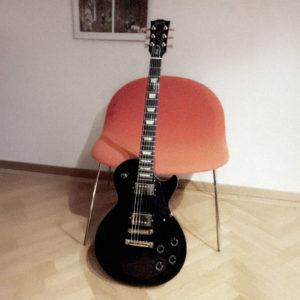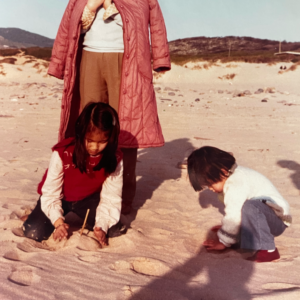In an instant, the puck soars into the defensive zone, and both teams race after it before scattering near the net. Behind the goal, a defenseman and a forward battle fiercely for possession, while the rest of the players hold their positions, tense and alert.
Our team’s wingers hover near the blue line, ready to react, while the center circles, reading every movement. The moment the puck slips free between tangled skates, he pounces—snatching it and breaking out of the zone. But just as he gains momentum, two opposing defensemen step up, cutting off his path. Their forwards close in fast from behind.
There’s no time to hesitate. Weaving like a slalom skier, he dodges obstacles and surges forward. Spotting the right winger in his peripheral vision, he snaps a sharp pass while using his body to fend off defenders, creating an opening. The winger receives the puck and immediately sends it across to the left winger, accelerating down the opposite side.

As the left winger carries the puck near the goal, the center sprints past defenders, weaving into position. The left winger fires a sharp diagonal pass straight to him. Chaos erupts—defenders scramble, sticks clash, the goalie braces. But in one swift motion, the center redirects the puck past the goalie and into the net.
It all happens in mere seconds, yet it feels as if every ounce of energy has been drained from their bodies. The five players huddle together, tapping the goal scorer on the helmet—Good job. Then, in a single line, they skate back to the bench, where the rest of the team and coaches await to celebrate.
A single goal is never the work of just one individual.
This seemingly simple sequence is the result of countless hours of training, sweat, and effort. No matter how skilled a player is, a single goal is never the work of just one individual. A perfectly timed pass, a well-placed screen, a split-second read—tiny movements can be the difference between success and failure. Before the puck crosses the goal line, a series of calculated choices and sacrifices have already taken place.
I watched the short clip my son sent me. With my untrained eyes, I had to replay it at least twenty times, dissecting every detail—the precision, the split-second decisions, the seamless execution of each player’s role. And within that, I found a philosophy.
And as sport is meant to be—a miniature of life played on a rink—so too does life reward perseverance and the invisible plays.
Hockey, like any sport, isn’t just about skill—it’s about reading the flow of the game, adapting to uncertainty, and embracing failure as part of the process. Victory isn’t just the final goal—it’s the accumulation of countless unseen efforts leading up to it. And as sport is meant to be—a miniature of life played on a rink—so too does life reward perseverance and the invisible plays.














Talent is a natural gift that gives us a head start, but it’s hard work that defines how far we go. While talent may open doors, it’s the dedication, persistence, and effort we put in every day that turn potential into success.
True achievement lies not in what we’re born with but in how we choose to develop and refine it.
I love how you depicted the unseen moments in hockey—the plays that happen in the background but define the game—and how that connects to everyday life.